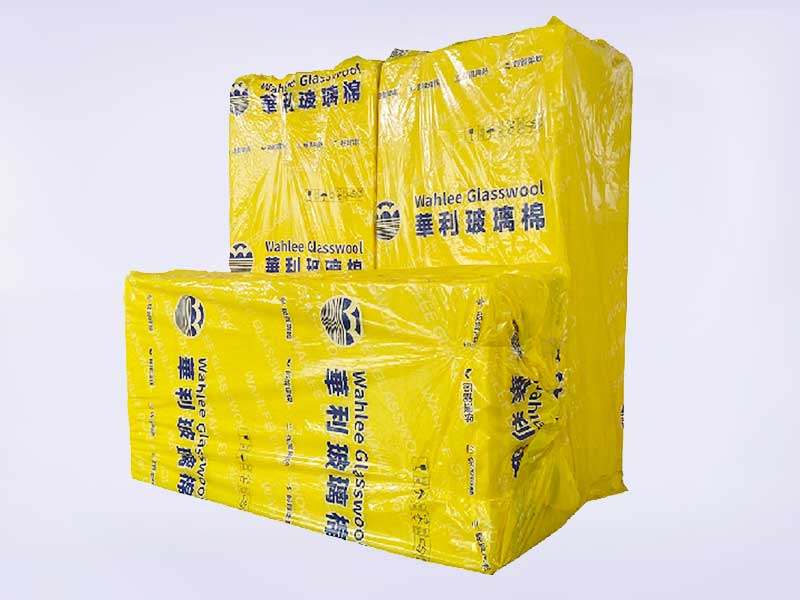| Introduction
| Performance
1. The requirement for maintaining the thermal resistance value (R value) of the structure is determined by the climate conditions of the building location: R=T/K (T - thickness of glass wool felt, K - thermal conductivity of glass wool felt), so that the required specifications of glass wool felt can be calculated< Br> 2. Requirements for controlling condensation and condensation in the working environment of buildings: In addition to being related to the temperature of the working environment, condensation and condensation are also related to the relative humidity of the indoor air. To control condensation and condensation, it is required to use thermal calculations and responsive glass wool felt to make the surface temperature inside the building higher than the dew point temperature.
| Performance | Test method | 技术要求 | ||||
| Operating temperature range | ASTM C411 | -18 degrees Celsius to+232 degrees Celsius | ||||
| Shrinkage temperature under thermal load | GB/T 11835-1998 | Not less than 250 degrees Celsius | ||||
| Corrosion resistance | ASTM C665 | No chemical reaction | ||||
| Mold resistance | ASTM C665 | Mildewproof | ||||
| Hygroscopicity | ASTM C1104GB5480.7-87 | At 49 degrees Celsius and 90% relative humidity | ||||
| Not more than 5% of its weight | ||||||
| Density | ASTM C177 | 32 | 40 | 48 | 56 | 64 |
| Thermal conductivity | 0.034 | 0.033 | 0.033 | 0.033 | 0.032 | |
| Incombustibility | ASTM E84B.S.476 Chinese National Standard GB5464-2010 | Flame propagation: 25 Smoke diffusion: 50 | ||||
| Part 6- Flame propagation | ||||||
| Part 7- Flame Surface Diffusion | ||||||
| Note: The "0" level fire protection standard in Part E15 of the Building Regulations | ||||||
| Class A non combustible material | ||||||



